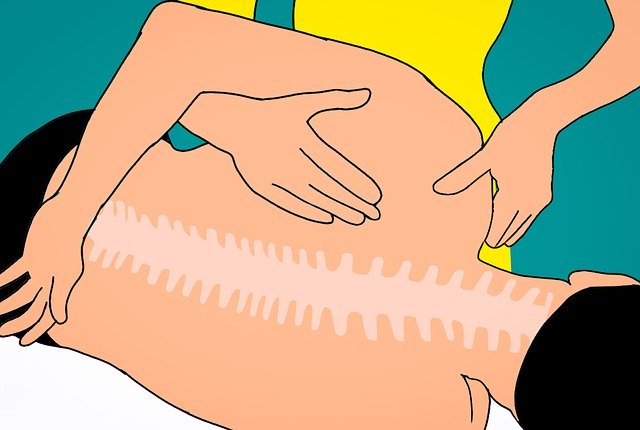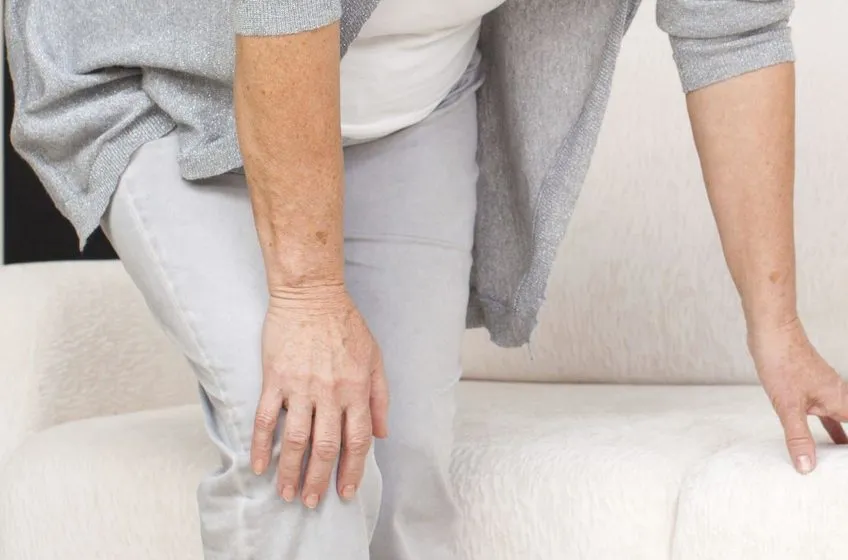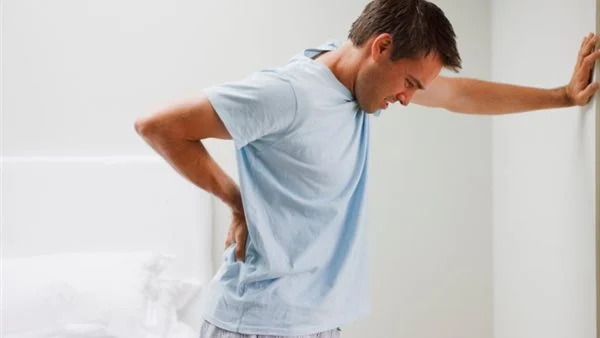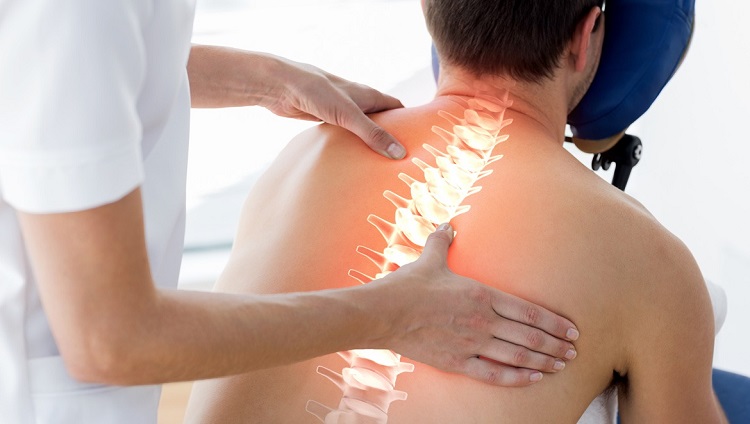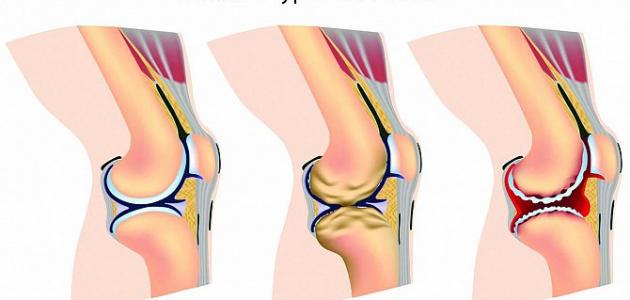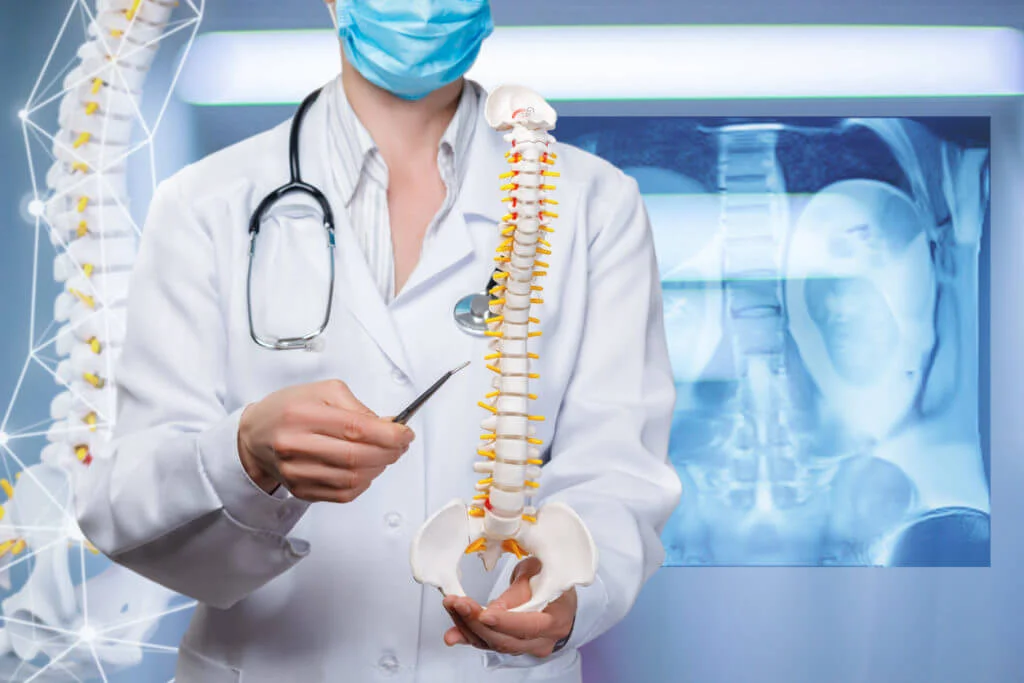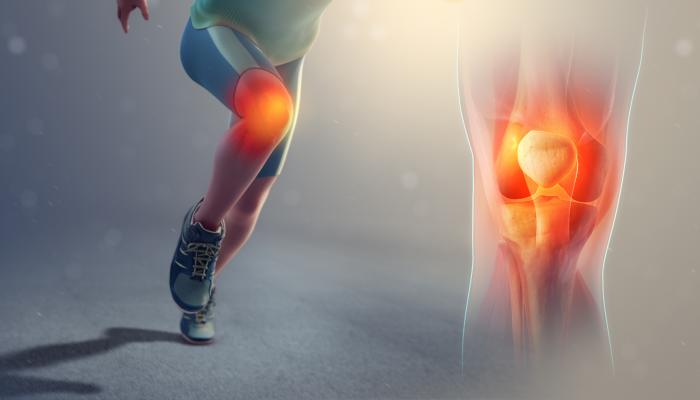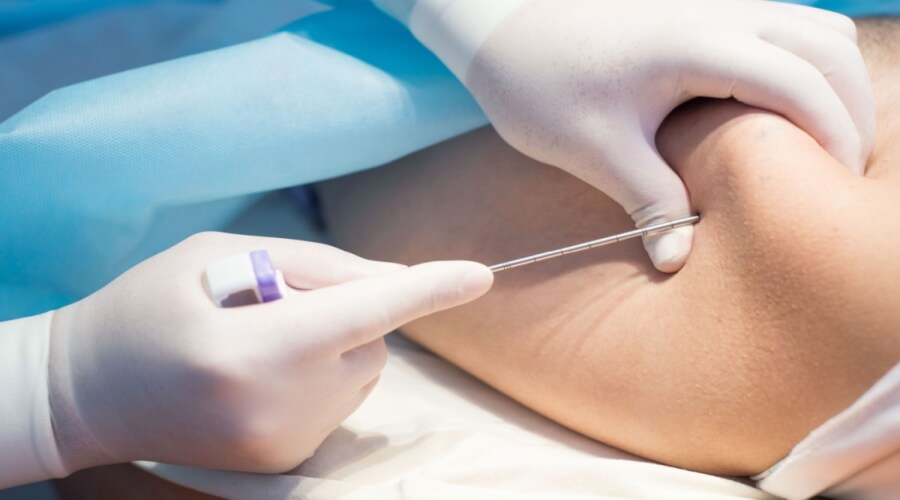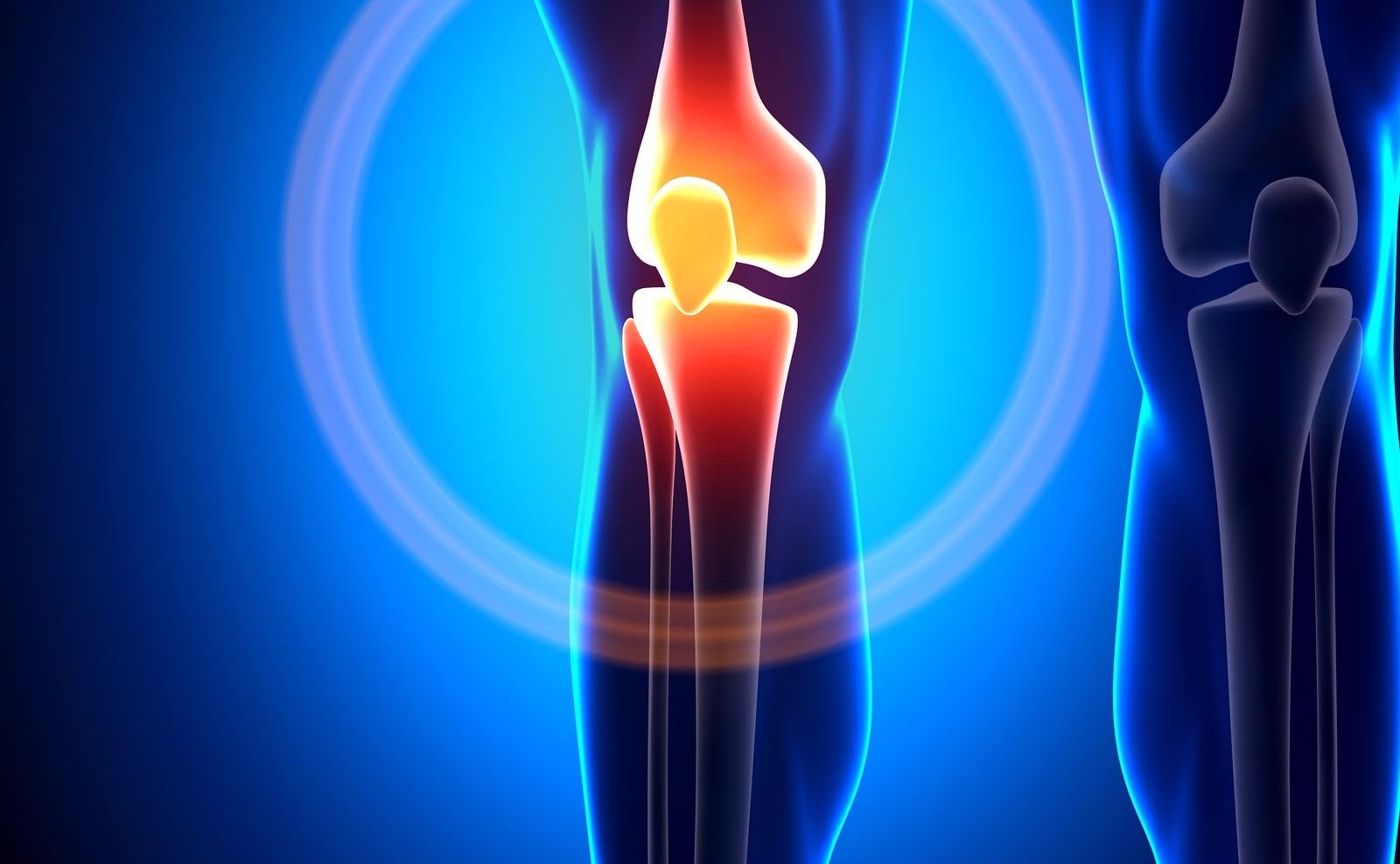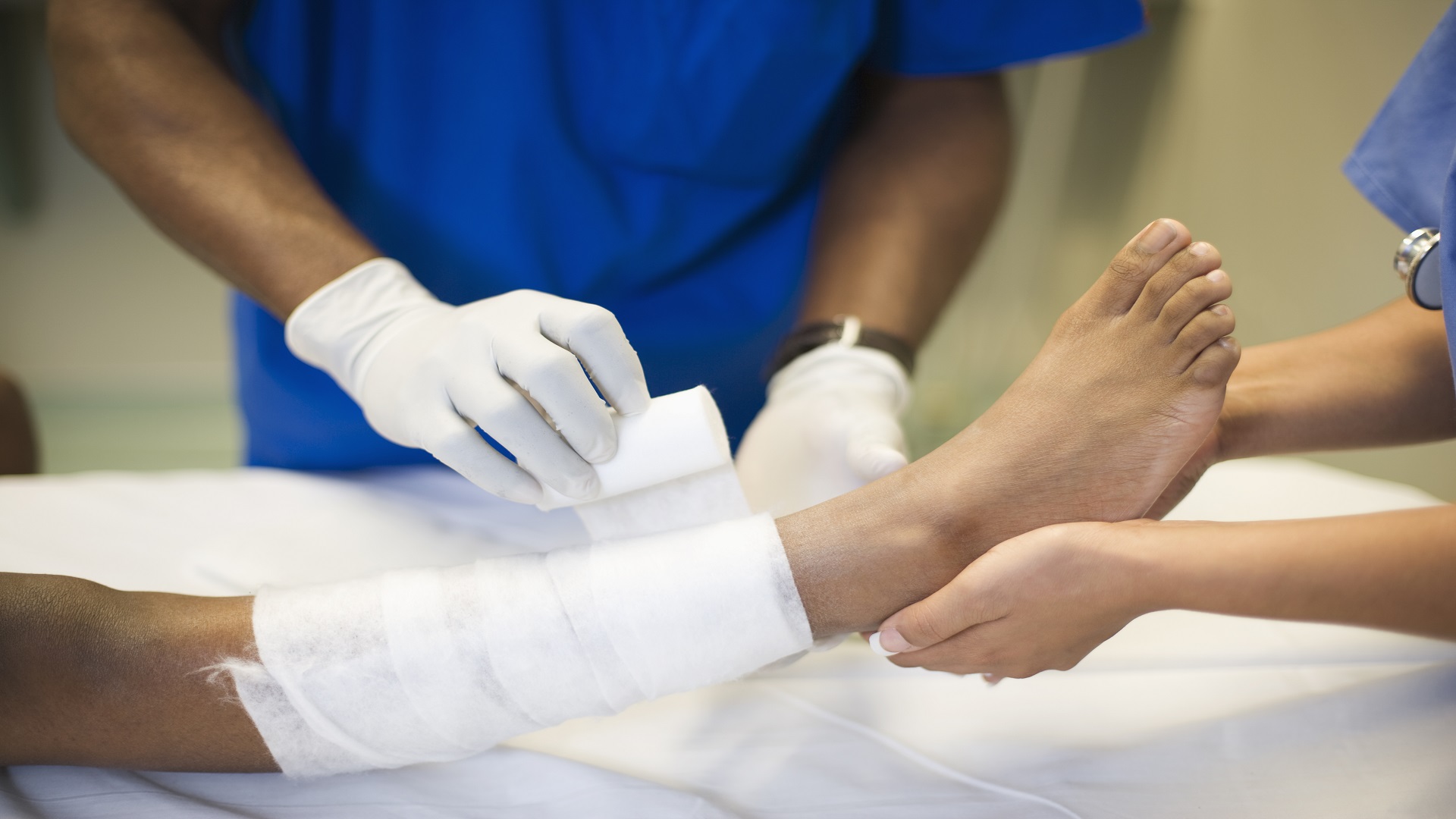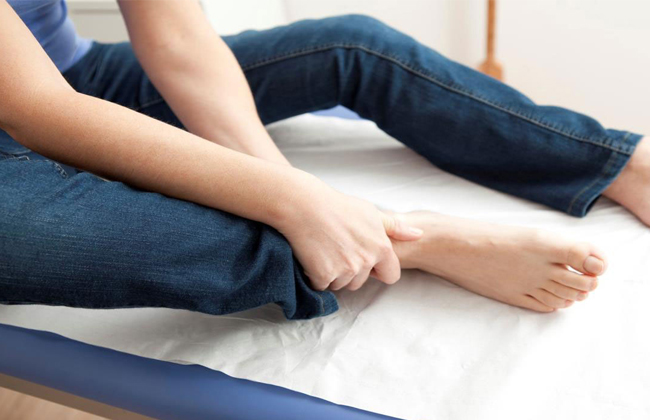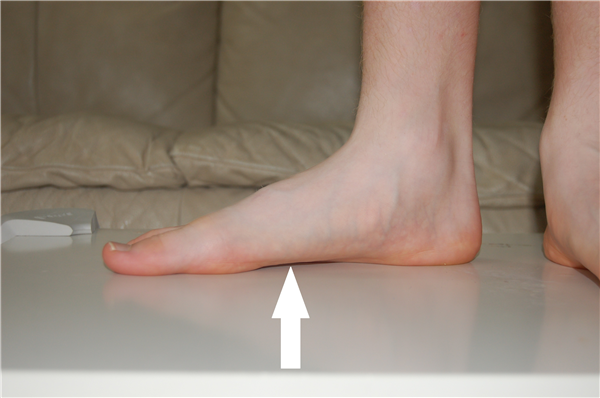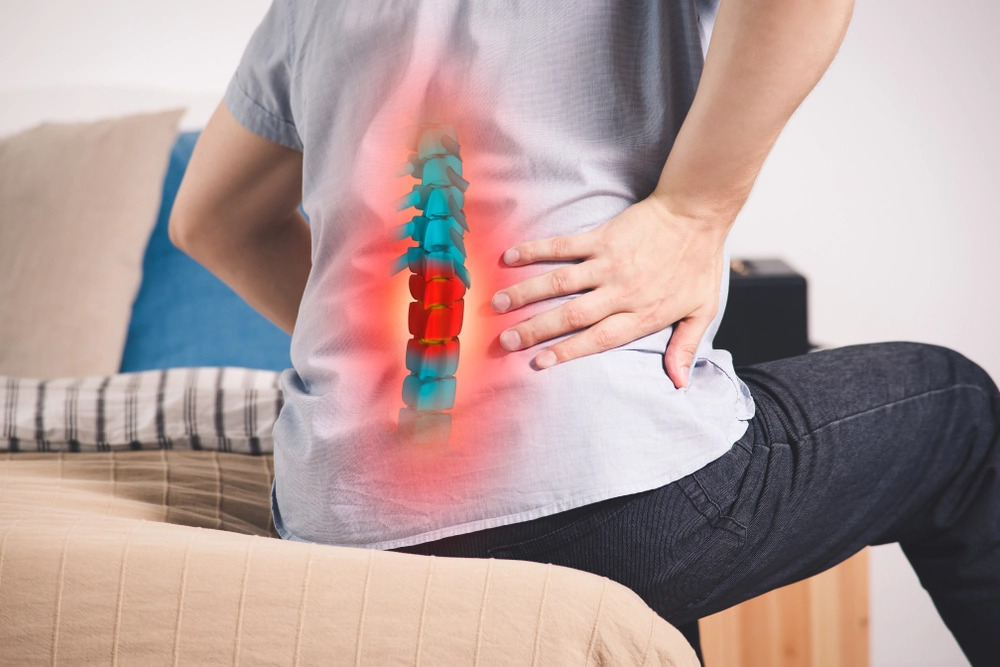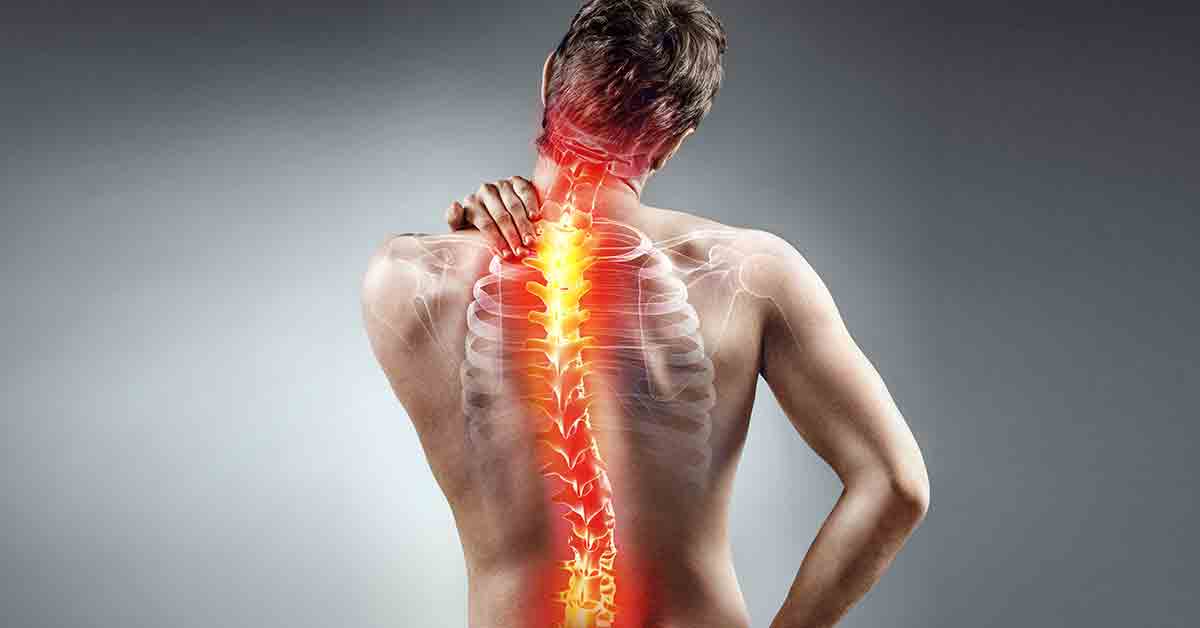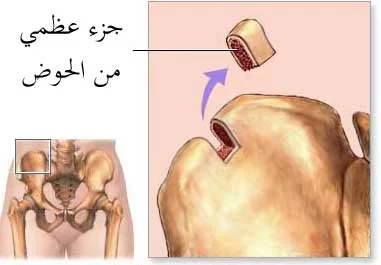What is the best massage for back pain? And does massage help with a herniated disc?
Best Massage for Back Pain
The best types of massage for back pain: Massage is a popular and effective treatment for chronic lower back pain. If you suffer from this condition, you may want to try some of the different types of massage that can help alleviate pain and improve the health of your back. In this article, we will look at some of the best types of massage for back pain.
- Swedish Massage: Swedish massage is one of the most famous and commonly used types of massage. This type of massage includes various massage techniques such as pressing, lifting, friction, and sweeping. Swedish massage aims to improve blood circulation, relieve muscle tension and strain, thereby reducing back pain.
- Deep Tissue Massage: Deep tissue massage focuses on the deep layers of the body, including the back muscles. This type of massage involves applying strong pressure on the muscles to alleviate tension and fatigue. Deep tissue massage can be effective in treating chronic back pain resulting from muscle inflammation or spasms.
- Thermal Massage: Thermal massage uses heat to relieve back pain. Thermal massaging devices, wax packs, or even hot stones may be used in this type of massage. Heat is believed to dilate blood vessels and increase blood flow to the muscles and tissues, leading to pain relief and reduced tension in the back.
- Aromatherapy Massage: Essential oils are used in this type of massage to provide a calming and relaxing effect. Some essential oils like lavender oil, peppermint oil, and nutmeg oil are thought to help reduce back pain and soothe strained muscles.
- Hot Stone Massage: Hot stone massage is a unique technique that uses heated stones to massage the back and apply comforting heat to the muscles. Hot stone massage can have a calming effect and help effectively relieve back pain.
- Thai Massage: Thai massage is a vigorous form of massage that aims to relax and mobilize the body with confusing and targeting muscles for pain. This type of massage uses techniques such as pressure, stretching, and kicking to improve movement, strengthen muscles, and relieve back pain.
It is advisable to consult with a massage specialist to determine the appropriate type of massage for chronic back pain. The specialist may also recommend repeating massage sessions to achieve maximum benefit. Remember that massage is not a substitute for traditional medical treatment, and if you have serious back pain, it may be best to consult your doctor before starting massage sessions.
Does Massage Relieve Back Pain?
Massage is a rubbing process used to relieve pressure, tension, and improve blood circulation. One of its most significant benefits is the alleviation of chronic back pain. But is this true? Can massage truly be an effective treatment for back pain? This is what we will find out in this article.
The Concept of Back Pain Treatment through Massage
During a massage session, the masseur applies appropriate pressure and movement to the painful area of the back. Fingers, palms, arms, and sometimes special massage tools are used to achieve a soothing effect on the muscles and tissues. The goal of massage is to improve blood flow to the affected area and relieve the tension present in the muscles and tissues.
Massage can lead to several health benefits, including:
- Pain Relief: Pressure points and impactful movements in massage stimulate the release of natural chemicals in the body that help alleviate pain.
- Improved Circulation: Massage helps increase blood flow to the treated area, which enhances the supply of oxygen and nutrients to the tissues, and removes metabolic wastes and toxins.
- Muscle Tension Relief: Massage works to ease tension and pressure in tight muscles, thus contributing to improved muscle flexibility and motion.
Massage as Temporary Treatment
Therapists believe that massage may have a temporary effect in relieving back pain but it is not a radical cure. However, engaging in appropriate physical activities and exercises is the optimal way to reduce back pain. Massage may be used as a means to alleviate temporary symptoms until normal back movement is restored.
Conducting Massage Safely
If you are suffering from chronic back pain and considering trying massage therapy, there are some tips to keep in mind to ensure your safety:
- Make sure to choose a qualified and experienced back masseur.
- Inform the masseur about your health condition and issues related to your back.
- Avoid applying excessive pressure to the spine, and ensure the masseur uses appropriate gentle pressure.
- Avoid deep massage if you suffer from chronic conditions such as arthritis or spinal nerve compression.
After a massage session, you may feel an immediate improvement in back pain, but it is important to continue caring for your back’s overall health and follow preventive advice such as exercising regularly and maintaining a correct posture while sitting.
Simple Tips for Easing Back Pain
If you cannot access regular massage sessions, you can perform some simple actions at home to alleviate back pain. Here are some tips:
Rest: Make sure to get plenty of rest and avoid strenuous activities that could negatively affect your back. Use Heat or Ice: Applying heat (such as a heating pad) or ice (an anti-inflammatory pack) can help soothe back pain by reducing swelling in the affected area. Self-Massage: Anyone can try self-massage to relieve back pain using some natural oils and applying gentle pressure to the painful area. However, avoid applying pressure directly on the spine.
Massage can be an effective treatment for short-term chronic back pain. However, it should be considered a temporary procedure and a facilitation to alleviate symptoms, and health advice and guidelines should be followed when resorting to this treatment. If back pain persists or worsens, it is best to consult a specialist doctor for diagnosis and appropriate treatment.
How to Perform a Back Massage?
There are many interesting benefits to having a back massage session. Besides relieving tension and stopping pain, massage can help improve blood circulation and relax the mind and body. Moreover, it’s a great opportunity for enjoyable spiritual connection and communication between two people.
If you wish to learn how to give a back massage, you’ve come to the right place. We will provide you with a 15-step educational guide to learn how to do it professionally. Without further delay, let’s begin:
Step 1: Prepare the Area: Spread a clean sheet over the table or bed to make it clear and comfortable for the person who will enjoy the massage, especially with the need to remove their clothes. It also works to absorb any excess massage oil.
Step 2: Warm the Oil: Warm the massage oil in your hands, and put a small amount on your fingertips.
Step 3: Prepare the Massager: Put the oil in the palm of your hand and rub it to further warm the oil in your other hand.
Step 4: Start the Massage: Start massaging the upper part of the back using pressure with your fingertips. Begin from the top of the back and slowly move down.
Step 5: Use Proportional Pressure: Fingertip pressure is key in massage. Use a medium, gentle pressure so that the person being massaged feels comfortable and relaxed.
Step 6: Pressure Movements: Vary the pressure movements used, such as circular movements or linear movements. This will help relieve muscle tension and promote relaxation.
Step 7: Focus on Pain Points: During the massage, look for painful points that the person being massaged may be suffering from. Apply strong and focused pressure on these points to relieve the spasm.
Step 8: Massage the Lateral Muscles: Move to the sides of the back and gently massage the muscles using curved movements and sustained pressure.
Step 9: Massaging the Neck and Shoulder Area: Move to the neck and shoulder area and massage with circular motions and medium pressure. Avoid strong pressure in this sensitive area.
Step 10: Massaging the Upper Side of the Back: After finishing the massage of the neck and shoulders, move your hands to the upper side of the back and use circular motions for a comfortable massage.
Step 11: Massaging the Lower Back: As you move your hands to the lower back, apply medium pressure to the lower back muscle area. Use linear pressing movements for relaxation.
Step 12: Massaging the Sacral Area: Do not forget to massage the wrist, hand, and finger areas, as this will enhance the connection with the person being massaged and provide a sense of relaxation.
Step 13: Massage with Tools: You can also use tools such as rolling pins or hot stones to complement the massage session and increase the comfort of the person being massaged.
Step 14: Proper Cleaning: After the massage session is over, make sure to clean any oil or dirt using a clean towel and lukewarm water.
Step 15: Time Management: Ensure that the massage session does not exceed 30-45 minutes to prevent the person being massaged from becoming excessively tired.
With these simple steps and guidelines, you can now learn how to give a high-quality and efficient back massage. Always remember to enjoy the process and to listen to the desires and needs of the person being massaged. Through continuous practice and trying different massage techniques, you will become capable of providing wonderful massage sessions for those around you.
Does Walking Help Relieve Back Pain?
Back pain is a common problem that many people suffer from around the world. With the increase in technology and sedentary lifestyles, the prevalence of this issue is noticeably growing. Among the various methods to get rid of back pain, walking tops the list as one of the most important means relied upon by many. So, does walking really help relieve back pain? In this article, we will explore the benefits of walking in treating back pain and the validity of this claim.
One of the methods some people follow to treat back pain is complete rest. In cases of cessation of movement, the pain may temporarily fade but quickly returns upon moving the back again. This is where the role of walking comes in. If we follow a moderate and regular movement approach, this leads to strengthening the back muscles and improving their flexibility and stability, which helps reduce pain and prevent its return.
Walking is also an effective way to strengthen the back muscles and increase their flexibility. When walking, the body continuously uses the muscles in the back, which helps build the strength of the back muscles and improve their response to carrying the body’s weight. With increased muscle flexibility and strength, the back becomes more capable of handling daily stresses and preventing injuries.
In addition, walking is one of the types of low-intensity aerobic training. Research indicates that low-intensity aerobic activities help reduce back pain and enhance improvement in physical functions. Walking increases blood flow to the back area, which promotes the nourishment of tissues and contributes to the reduction of inflammation and improvement of the healing process of damaged tissues.
It is also important to note that walking is not just an exercise for strengthening back muscles, but it is also an effective means to maintain the natural posture of the back. When walking correctly, a good balance is achieved in the muscles of the back, abdomen, hips, legs, and feet, which maintains the straightness of the spine and reduces tension and pressure on the nerves and spinal discs.
In conclusion, walking can be considered one of the most effective and easy ways to relieve chronic back pain. It helps in strengthening the back muscles, increasing their flexibility, improving blood circulation, and maintaining the natural posture of the back. Therefore, if you suffer from back pain, walking might be the simple and effective solution you are looking for.
Does back massage have disadvantages?
Back massage is one of the techniques used as a means to stimulate muscles, relieve tension, and improve blood circulation in the back area. Back massage is one of the most prominent methods used for body care and relaxation, but does it have disadvantages?
In this article, we will review whether there are potential harms to back massage and how to prevent them:
- Intense Pressure: Intense pressure on muscles and tissues may occur during a massage session if pressure is applied incorrectly or too forcefully. This can lead to pain or swelling in the treated area. To avoid this, it is advisable to inform the masseur of any uncomfortable feelings and ensure that the pressure is suitable for your body.
- Rare Side Effects: Some rare side effects may occur after a massage session, such as dizziness, nausea, or changes in blood pressure. These side effects are usually individual and temporary. If these effects are bothersome or occur frequently, you should inform the masseur and consult a doctor.
- Effects on Cavities and Bones: If there are already inflammations in the cavities or bone problems, back massage can increase symptoms and lead to a worsening of the condition. Before undergoing a massage session, you should consult your doctor if you have any pre-existing health problems in the cavities or bones.
- Allergies and Sensitivities: Some people may be sensitive to certain types of oils or massage products used. The use of these products can exacerbate allergies and cause skin irritation. Therefore, before using any massage product, it is advisable to perform a small allergy test on a small part of the skin to ensure there is no negative reaction.
It’s worth mentioning that back massage may be safe and effective for most people, and very rare in causing harm. However, in certain special health conditions, it may be necessary to avoid massage or seek medical advice before making any decisions in this regard.
Ultimately, it’s important to ensure that your massage session is safe for you and comfortable. You should talk to a professional masseur and provide comprehensive information about your health condition and any issues you are facing. It may also be beneficial to consider getting a massage from a certified doctor or trainer to ensure a safe and effective experience.
Does massage benefit disc herniation?
Disc herniation is a common problem that many people suffer from. Some may wonder if massage can help relieve the pain of disc herniation and improve the patient’s condition. In this article, we will learn about the benefits of massage for patients with disc herniation and when it should be resorted to, in addition to some precautions and warnings related to this treatment.
Massage techniques used to treat disc herniation
When it comes to massage for treating disc herniation, a variety of techniques are used to alleviate pain and improve tension and spasms. A list of some of these techniques includes:
Deep tissue massage: which uses a significant amount of pressure to relieve deep muscle tension and spasms. Color therapy massage: where color therapy is used to achieve a soothing effect on tired and painful muscles. Pressure therapy: involves directing pressure to specific points in the body to improve blood flow and relieve pain. Appropriate times to benefit from massage for treating disc herniation
After verifying the benefits of massage for patients with disc herniation, you may want to know when to resort to this treatment. Here are the most recommended times for massage:
When you suffer from feelings of anxiety and severe stress that may lead to depression. When you experience acute or recurrent pain in the area of the herniation. When you face difficulty in movement due to mobility restrictions resulting from the herniation.
Benefits of Massage for Patients with Disc Herniation
When massaging the tissues and muscles adjacent to the herniated disc area, it can help increase blood flow to the affected area and improve muscle flexibility. Here are some benefits of massage for patients with disc herniation:
- Pain relief: Massage can help relieve pain associated with disc herniation by easing muscle spasms and improving blood flow.
- Improved flexibility: Massage can increase the flexibility and elasticity of muscles, making movement easier and reducing the restrictions associated with the herniation.
- Enhanced movement: By improving muscle flexibility and relieving spasms, massage can help patients improve their range of motion and better perform daily activities.
Precautions and Warnings Related to Massaging Patients with Disc Herniation
When it comes to massage for treating disc herniation, there are some precautions to consider to ensure that you receive the massage safely and effectively. Here are some important warnings:
- Avoid intense massage or using excessive pressure on the muscles, as this can increase muscle tension and exacerbate the problem.
- Do not undergo massage if there is acute inflammation or a chronic injury without consulting a doctor before starting this treatment.
Studies and previous experiences indicate that massage can be effective in relieving pains associated with disc herniation and improving the condition of patients. However, it is necessary to consult a doctor before starting massage sessions to ensure that it is suitable for your condition and does not conflict with any other treatment you are receiving. Using appropriate massage techniques can help achieve greater comfort and generally improve the quality of your life.
